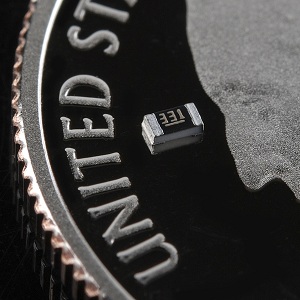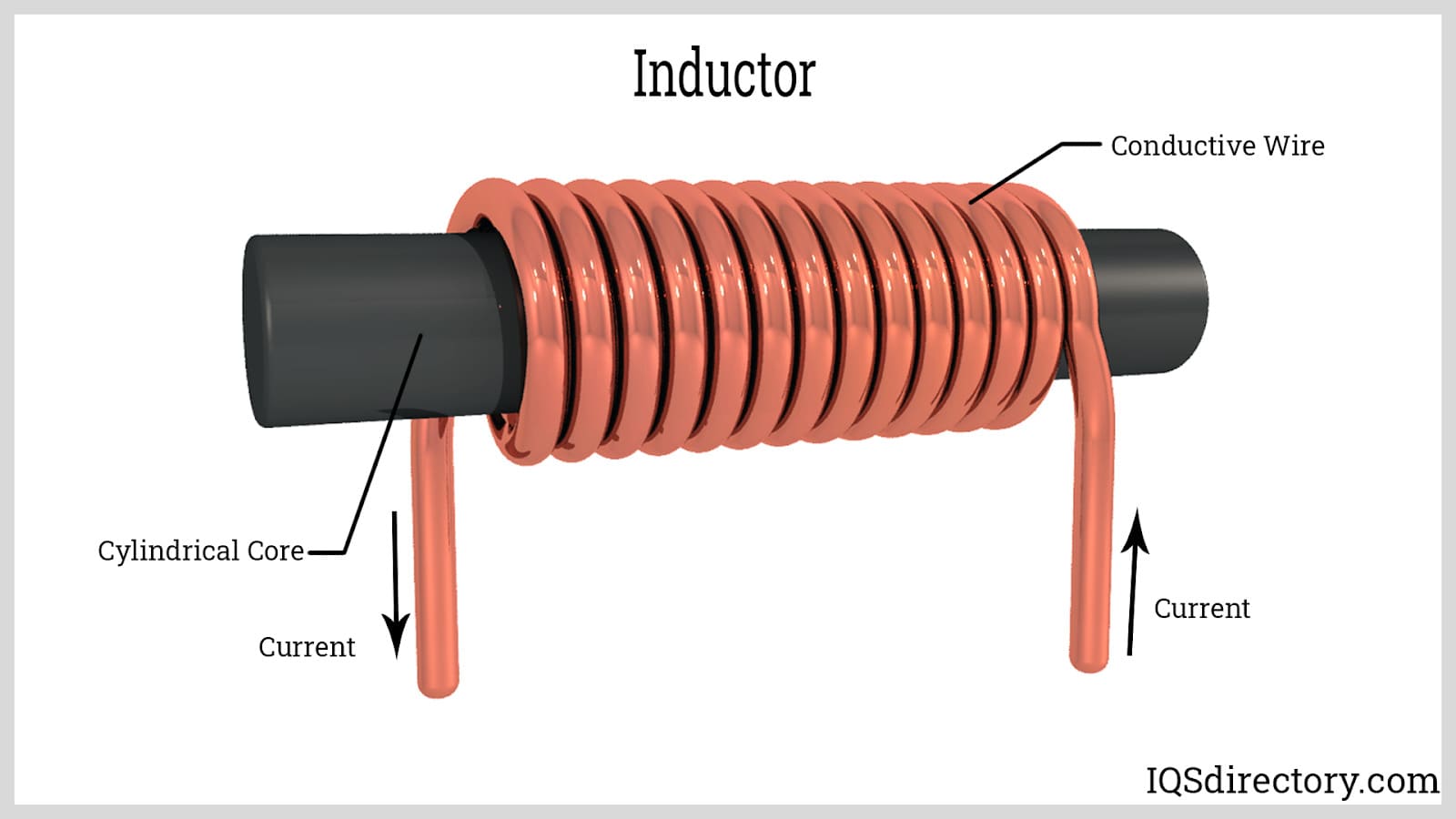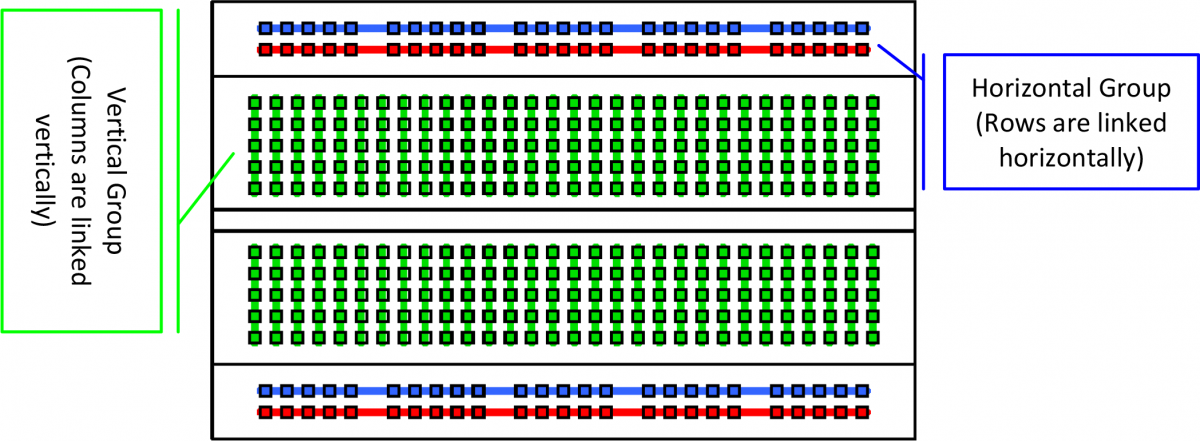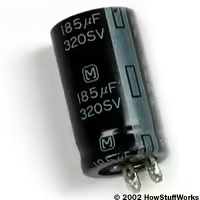FUNDAMENTAL CIRCUIT COMPONENTS - openhorizonrobotics/ece-1 GitHub Wiki
Let's look upon some of the basic components that are most commonly used while making circuits like Resistors, Capacitors, Inductors, Variable Resistors etc.
Active and Passive Components:
Active components are the elements or devices which are capable of providing or delivering energy to the circuit. Passive components are the ones that do not require any external source for the operation and are capable of storing energy in the form of voltage or current in the circuit.
Examples of the active components are diodes, transistors, integrated circuits, etc. similarly, examples of the passive components are resistor, capacitor, and inductor.
The active component does not require an external source for the operation, whereas the passive components require any external source for the operation.
Resistor:
A resistor is a passive electrical component with two terminals that are used for either limiting or regulating the flow of electric current in electrical circuits. The main purpose of resistor is to reduce the current flow and to lower the voltage in any particular portion of the circuit.

Resistor Units:
The electrical resistance of a resistor is measured in ohms. The symbol for an ohm is the greek capital-omega: Ω. The definition of 1Ω is the resistance between two points where 1 volt (1V) of applied potential energy will push 1 ampere (1A) of current.
Types of Resistors:
Resistors will come in one of two termination-types: through-hole or surface-mount. These types of resistors are usually abbreviated as either PTH (plated through-hole) or SMD/SMT (surface-mount technology or device).
Through-hole resistors come with long, pliable leads which can be stuck into a breadboard or hand-soldered into a prototyping board or printed circuit board (PCB).

Surface-mount resistors are usually tiny black rectangles, terminated on either side with even smaller, shiny, silver, conductive edges. These resistors are intended to sit on top of PCBs, where they're soldered onto mating landing pads.

You can read more about how to decode Through-hole resistor color codes and Surface mount markings here
Series and Parallel resistors:
When resistors are combined in series or parallel, they create a total resistance, which can be calculated using one of two equations. Knowing how resistor values combine comes in handy if you need to create a specific resistor value.
Resistors in Series:
When connected in series resistor values simply add up.
Resistors in Parallel:
The total resistance of N resistors in parallel is the inverse of the sum of all inverse resistances. This equation might make more sense than that last sentence:
As a special case of this equation: if you have just two resistors in parallel, their total resistance can be calculated with this slightly-less-inverted equation:
Variable Resistors : The Potentiometer -
A potentiometer is a manually controlled variable resistor with 3 terminals. Two of the terminals are connected to the opposite ends of a resistive element, and the third terminal connects to a sliding contact, called a wiper, moving over the resistive element. The potentiometer essentially functions as a variable resistance divider. The resistive element can be seen as two resistors in series (the total potentiometer resistance), where the wiper position determines the resistance ratio of the first resistor to the second resistor. If a reference voltage is applied across the end terminals, the position of the wiper determines the output voltage of the potentiometer.
For more clear understanding on how potetiometers work, I recommend watching this video.
Capacitors-
A capacitor is a little like a battery but works completely differently. A battery is an electronic device that converts chemical energy into electrical energy, whereas a capacitor is an electronic component that stores electrostatic energy in an electric field. It consists of two electrical conductors that are separated by a distance. The space between the conductors may be filled by vacuum or with an insulating material known as a dielectric. The ability of the capacitor to store charges is known as capacitance.
Watch this video to clearly understand the internal working of a capacitor and how it stores charge and discharges, and it's various uses.
The various types of capacitors that are used in electrical circuits are shown below:
Just like resistors, we can have series and parallel combinations for capacitors too, but capacitors behave differently than resistors :

Inductor-
Inductors are coil-like structures that are found in electronic circuits. The coil is an insulated wire that is looped around the central core. Inductors are mostly used to decrease or control the electric spikes by storing energy temporarily in an electromagnetic field, and then releasing it back into the circuit. Whenever the current across the inductor changes, it either acquires charge or loses the charge in order to equalise the current passing through it. The inductor is also called a choke, a reactor or just a coil. An inductor is described by its distinctive nature of inductance, which is defined as the ratio of the voltage to the rate of change of current. Inductance is a result of the induced magnetic field on the coil.

Capacitor vs Inductor:
We've seen that both capacitors and inductors store charge . So what is practically the difference between the two?.
| Feature | Capacitor | Inductor |
|---|---|---|
| Energy Storage | Stores energy in an electric field between two plates | Stores energy in a magnetic field around a coil |
| Opposition to Change | Opposes changes in voltage | Opposes changes in current |
| Behavior with AC Signals | Acts as a low impedance path for high-frequency signals | Acts as a high impedance path for high-frequency signals |
| Phase Relationship | Voltage leads current by 90 degrees | Current leads voltage by 90 degrees |
Choosing Between Capacitor and Inductor
Which is Better?
Neither is universally "better"; the choice depends on the application.
Capacitor Preferred
- High-frequency AC filtering or decoupling.
- Storing small amounts of energy.
- Designing compact circuits.
- Blocking DC while passing AC.
Inductor Preferred
- Low-frequency AC filtering (e.g., power lines).
- Energy transfer in transformers or SMPS.
- Situations requiring high current handling.
- Smoothing current in DC-DC converters.
So far we've looked at a couple of passive components that are used in circuits, but to power up these components, we need some active components like batteries. Let's look into more details about batteries and power sources.
Battery:
A battery is a device that provides a constant voltage and acts as a source of electrical energy. It consists of one or more cells that store energy chemically and convert it into electrical energy to power electronic components or devices.
Key Features in Circuits
-
Voltage Source:
A battery provides a specific voltage (e.g., 1.5V, 3.7V, 12V), which determines the potential difference across its terminals. -
Polarity:
Batteries have positive (anode) and negative (cathode) terminals, which must be correctly connected to the circuit to ensure proper operation. -
Energy Storage:
Batteries store energy, enabling circuits to operate without direct connection to a continuous power supply. -
Capacity:
Measured in ampere-hours (Ah) or milliampere-hours (mAh), it indicates how long the battery can supply a given amount of current. -
Current Supply:
Batteries provide current based on the load connected to them and have limits determined by their internal resistance and chemistry.
Types of batteries:
There are various types of battteries available in the market- Lithium ion (Li-ion), Lithium Polymer (Li-Po), Nickel Cadmium (NiCd) etc. They come in a variety of configurations like single cell batteries, double cell and so on. Batteries can come in series configuration or parallel configuration. A battery pack with two Cells in series is called a 2S battery.
Similary one with 2 cells in series and 1 in parallel is called 2S1P battery. The configuration depends on specific requirements such as more capacity, more current output etc.
In robotic applications, the most commonly used batteries are LiPo and Li-ion batteries.
You can use any of these depending on specific use case, but there are a lot of random letters and numbers on a battery that might look confusing at first. Let's decode these markings and numbers so you can choose your required battery properly.
Explanation of Battery Ratings
-
Capacity (1500mAh):
This indicates the energy storage capacity of the battery. A 1500mAh battery can theoretically provide 1500 milliamps (1.5 amps) of current for one hour. -
Nominal Voltage (14.8V):
This is the average voltage the battery provides during normal operation. A 14.8V battery typically consists of four cells (each 3.7V nominal voltage) connected in series. -
C-Rating (120C):
This specifies the maximum discharge rate of the battery. Multiply the capacity (in Ah) by the C-rating to find the max current the battery can supply:
( 1500mAh \times 120C = 180,000mA = 180A ).
This means the battery can deliver up to 180 amps safely for short periods. -
Cells (4S):
The "4S" denotes that the battery has four cells connected in series. Each cell provides a nominal 3.7V, resulting in a total nominal voltage of ( 4 \times 3.7V = 14.8V ). -
Balance Plug:
This is used to connect the battery to a balance charger, which ensures all cells are charged equally to prevent overcharging or undercharging any individual cell.
The Breadboard:
The purpose of the breadboard is to make quick electrical connections between components- like resistors, LEDs, capacitors, etc- so that you can test your circuit before permanently soldering it together. Breadboards have many small sockets on them, and some groups of sockets are electrically connected to each other. On the underside of the board there are many small metal strips which physically connect certain groups of sockets together and allow electricity to flow freely between them. These strips are probably not visible on the underside of your breadboard, but the third picture shows how they are organized.

Watch this video to understand clearly how to use a breadboard and build circuits with it !
